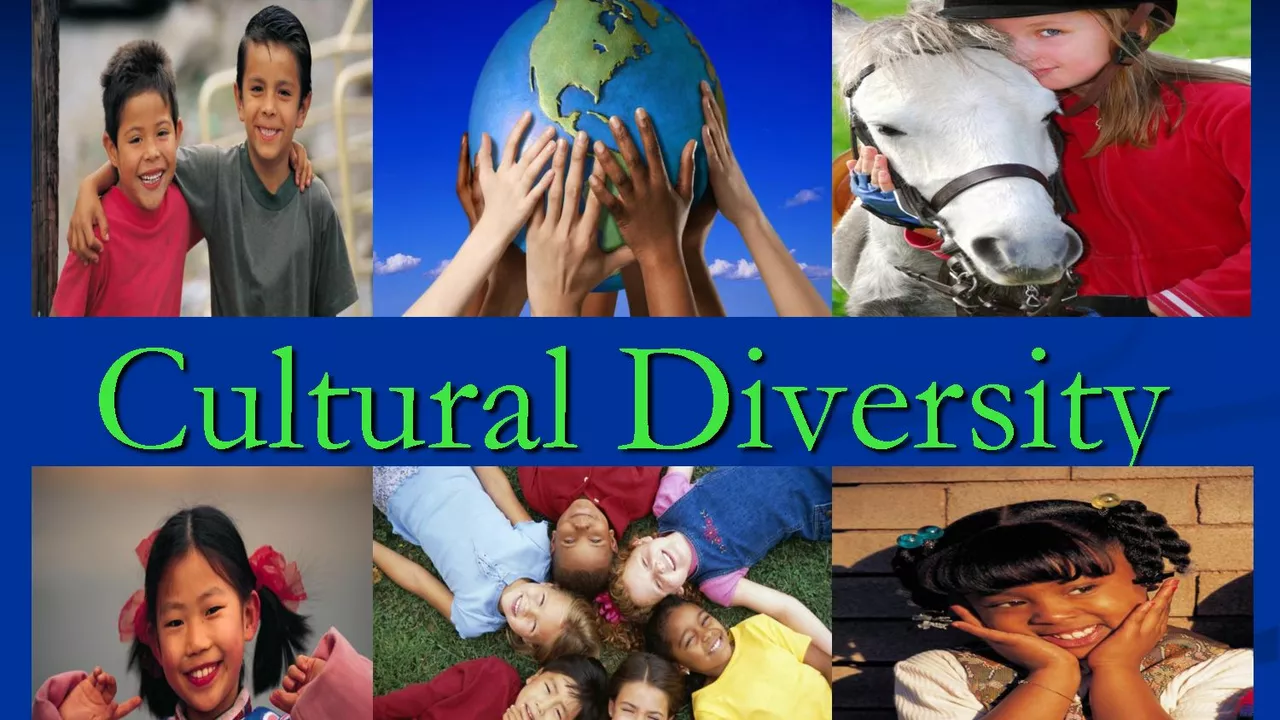Introduction: Unraveling the Complex Wrinkles of Language and Culture
Imagine being a traveler who has just landed in a remote country. You step out of the plane, and the whirlwind of strange sounds, intriguing symbols, and bizarre gestures surrounds you. This is language – an abstract, intangible mystery that holds the key to understanding a whole different universe; the cultural identity of a place. I'm Zayn, and today, we're going to decipher this captivating puzzle together.
The Rhythmic Dance of Language and Identity
As soon as you open your mouth or pick up a pen, you're not just communicating. You're also presenting a snapshot of your identity. The words you use, the way you phrase them, even the accent you speak with - these are all woven into the fabric of language. That is why when you attempt to understand a culture, the first door you unknowingly knock on is the language. The rhythm of spoken words, the aesthetics of the written script, the tonality, everything tells a story about the people who use it. Language is the DNA of culture. It's more than just a way of communication - it's a symbol that represents a community's history, struggles, evolution, and values.
The Moveable Feast: Language as a Cultural Chameleon
Now here's an interesting fact: language is a cultural chameleon. It changes, mutates, and evolves over time, adopting new colors and shedding old ones. No language is static; it's a living, breathing entity that reflects the changes within society. Like a chameleon changes its color to adapt to the environment, language evolves to encompass the changing norms, dynamics, and values of a culture.
The Story of Linguistic Evolution
One perfect example of this chameleon-like behavior comes from my personal experience. As someone from the UAE, Arabic has been my mother tongue. Arabic, as rich and profound as it is, has undergone tremendous change over the past century. You can spot the differences in dialects, vocabulary, and even grammatical structures across different Arab countries and regions. These changes are a testament to the cultural changes Arabian societies have gone through - a mark of our history, painted in the language's evolution.
Language as a Bridge to Cultural Empathy
Why should we bother to learn a foreign language? Is it just about ticking off a bucket-list goal or adding another line in the 'skills' section of our resume? Well, certainly not! Language is a bridge that connects us to different cultures and leads us to a better understanding of the world. It encourages empathy and broadens our minds. The process of stepping out of our linguistic comfort zone and seeing the world from a different linguistic perspective is deeply humbling and enlightening. It teaches us that our way of thinking, our beliefs, are not the only ones out there. Now that, my friends, is why language learning needs to be celebrated.
The Identity Cocktail: Multilingualism and Cultural Complexity
People who are multilingual or multicultural often find themselves in a cultural tug-of-war. This is especially true if they've moved to a different country or if they belong to a country where multiple languages co-exist. It's fascinating! They develop a more intricate cultural identity, as they absorb and integrate aspects from different cultures. Language plays a massive role in this; it's like a key that opens the door to cultural exploration.
The Identity Cocktail: A Personal Account
As a multilingual person myself, with Arabic, English, and French in my linguistic arsenal, I've experienced this first-hand. When I speak or write in these different languages, I feel like I'm wearing different 'cultural hats.' Each language exposes me to a subset of cultural identities, each unique and vibrant in its own way. It often feels like I'm at a global self-discovery party, with language as the DJ!
Conclusion: Celebrating Language, Celebrating Culture
Language, in essence, is more than just a structured system for communication. It's an intricate dance form, a chameleon changing its colors, a key to cultural doors, and a celebratory toast to our diverse identities. So, next time you utter a word, remember that you're participating in a rich, vast cultural heritage that's as old as humanity itself. Celebrate it, revel in it. After all, it’s part of who you are.
